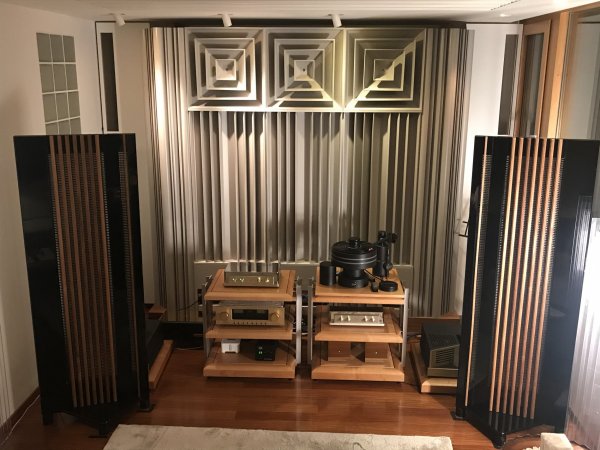
I first heard AlsyVox Botticelli speakers in Munich Hi-Fi Deluxe in 2017 and since I was on a hunt for new speakers, became extremely intrigued since they sounded surprisingly full-bodied, transparent and refined, and they produced bass I have never heard from any planar speakers. Demos on following Munich shows were unfortunately less successful but I made my homework and decided to buy them. I’ll not describe how Botticellis sound to me since my experience has been basically the same as other owners already reported and no need to repeat what was already written or invent new adjectives. So, I would just like to describe in a few words how my Botticellis sound with external crossovers.
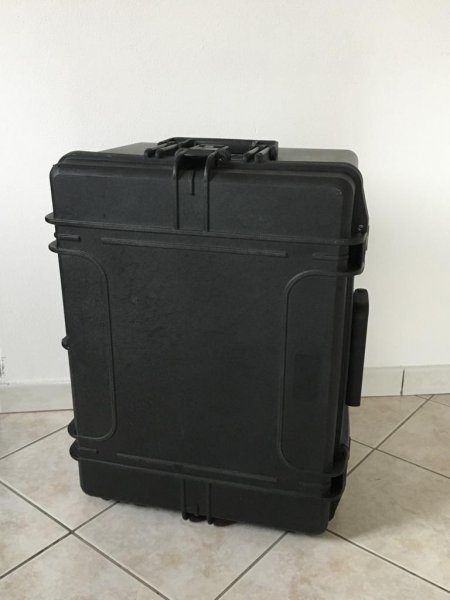
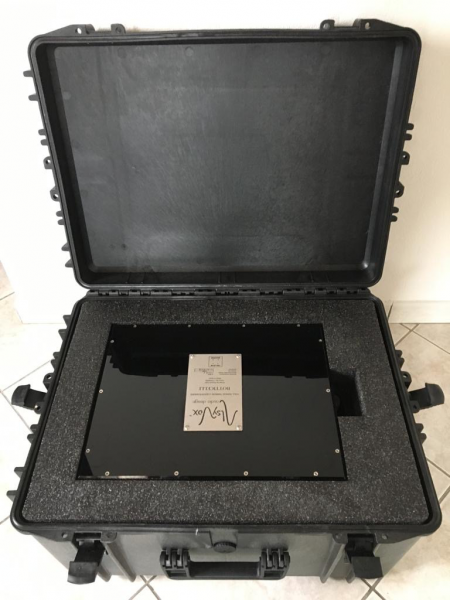
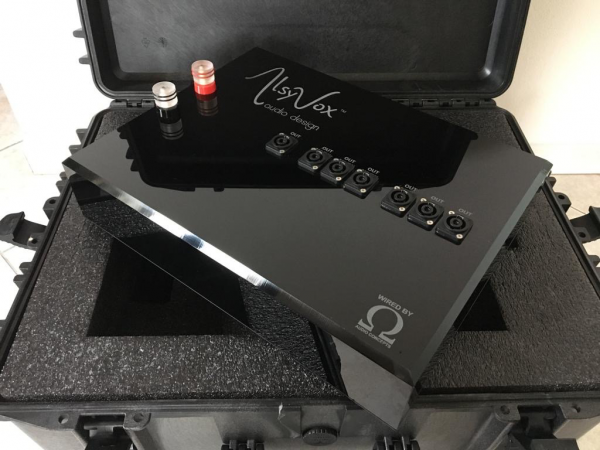
If you buy AlsyVox Botticelli speakers with external crossovers, the package is called Botticelli X but they can also be bought separately as an upgrade to the standard Botticelli. External crossovers come in a high quality, huge and very heavy case, weighting 50kg/110lbs. Speakers are finished in black plexiglass, but external crossovers are made completely from that material (aluminum is optional) and are resting on a separate isolation platforms, made from transparent plexiglass. Inside you would find only high quality Mundorf capacitors and resistors, Jensen inductors and there’s also an option to fine tune the mid and high frequencies (+-0.6dB). The topology of the crossover is patent pending by Omega Audio Concepts, also umbilical connections between speaker and crossover are made with Omega AC Nano extra cables. You can choose black color if you wish...
Connection between internal and external crossovers is simple but you need to by-pass the internal crossovers first (a quick and simple procedure), and then you just connect three cables to appropriate inputs of speakers and outputs of crossovers, and connect them to power amps. Unfortunately my experience with this beautiful pieces of equipment lasted only a few hours but still enough to get a feeling how good they are. Even though I expected they would sound better than build-in crossovers, they did surprise me since I never imagined the improvement could be so huge. Obviously the design is crucial and, as I wrote above, is patent pending.
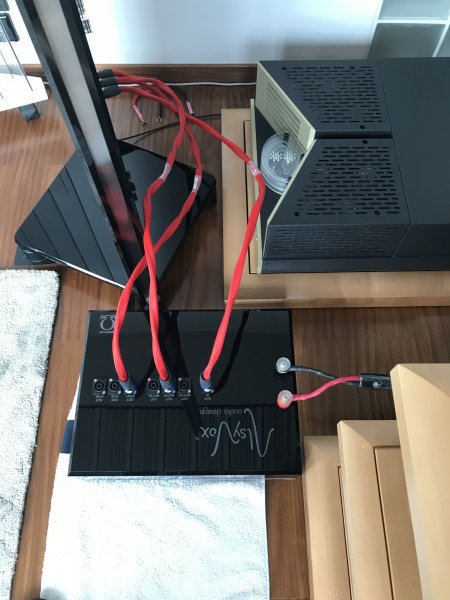
The most obvious improvement was in soundstage width and depth. Soundstage wasn’t small to begin with but it literally exploded the moment music started to roll. The sensation was like opening big doors or windows to the event. Everything became more clear and in more realistic proportions. System was breathing even more freely and sounded more unobtrusively open (and these speakers already sound very open and clean). Room walls disappeared much more convincingly, there was more distinction among the instruments and images were also more stable. Next thing were lower registers. Bass was “turbo charged” - much more powerful, had greater impact and control. It was like speakers were driven by a high power solid state amps. Since this is very important to me, I was also paying attention to colors of instruments, their timbre and density, and this was also improved. Not as much as bass or soundstage but tonal density was on a higher level too.

I would write more if I could listen longer, but this short audition was enough to get an idea of what these crossovers basically bring to the table. For me, they represent important sonic upgrade to beautifully made, finished and sounding Botticelli speakers. Also they offer a bit of welcome and simple fine tuning via connection possibilities and look as gorgeous as speakers themselves. Perfect combination. Yes, they’re expensive but judging from this audition, easily worth their money.















